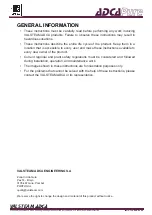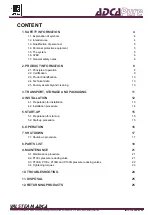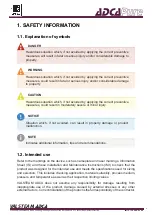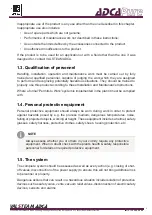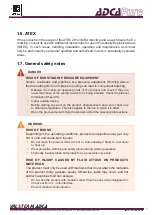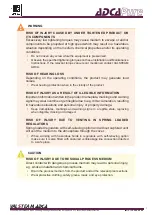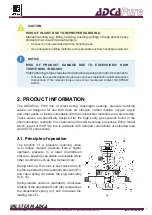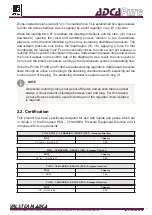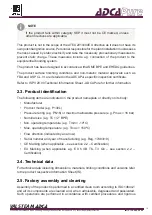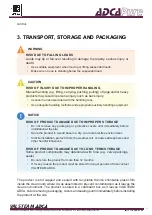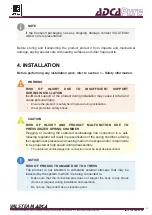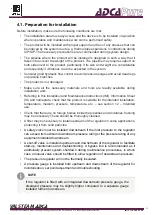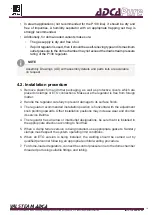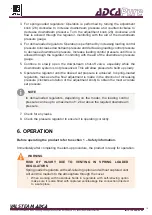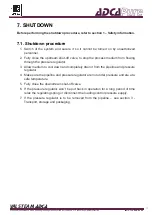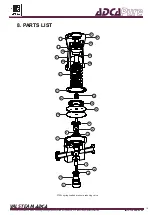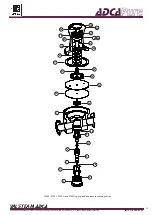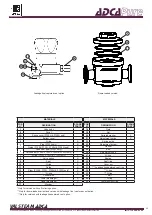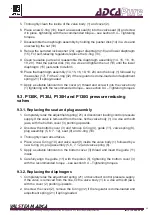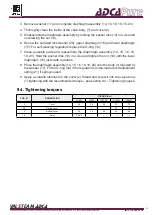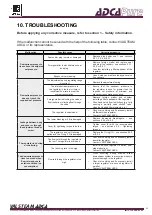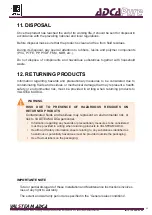
VAL
S
TEAM
ADCA
Produced in accordance with Sound Engineering Practices of the European PED - Pressure Equipment Directive.
IMI P130.08 E 00.20
16
3. For spring-loaded regulators: Operation is performed by turning the adjustment
knob (26) clockwise to increase downstream pressure and counterclockwise to
decrease downstream pressure. Turn the adjustment knob (26) clockwise until
flow is allowed through the regulator, monitoring with the aid of the downstream
pressure gauge.
4. For dome-loaded regulators: Operation is performed by increasing loading control
pressure to increase downstream pressure and decreasing loading control pressure
to decrease downstream pressure. Increase loading control pressure until flow is
allowed through the regulator, monitoring with the aid of the downstream pressure
gauge.
5.
Continue to slowly open the downstream shut-off valve, especially while the
downstream system is not pressurized. This will allow pressure to build up slowly.
6. Operate the regulator until the desired set pressure is achieved. In spring-loaded
regulators, make sure the final adjustment is made in the direction of increasing
pressure (clockwise rotation of the adjustment knob) to obtain the most accurate
set pressure.
In dome-loaded regulators, depending on the model, the loading control
pressure can be up to a maximum of 1,2 bar above the required downstream
pressure.
NOTE
7. Check for any leaks.
8. Check the pressure regulator to ensure it is operating correctly.
6. OPERATION
Before operating the product refer to section 1 – Safety information.
Immediately after completing the start-up procedure,
the product is ready for operation.
RISK OF INJURY DUE TO VENTING IN SPRING LOADED
REGULATORS
Spring loaded regulators with self-relieving option and without captured vent
will vent the medium to the atmosphere through the cover.
•
When working with hazardous fluids in regulators with self-relieving option
make sure it is also fitted with captured vent/leakage line connection directed
to a safe place.
WARNING

